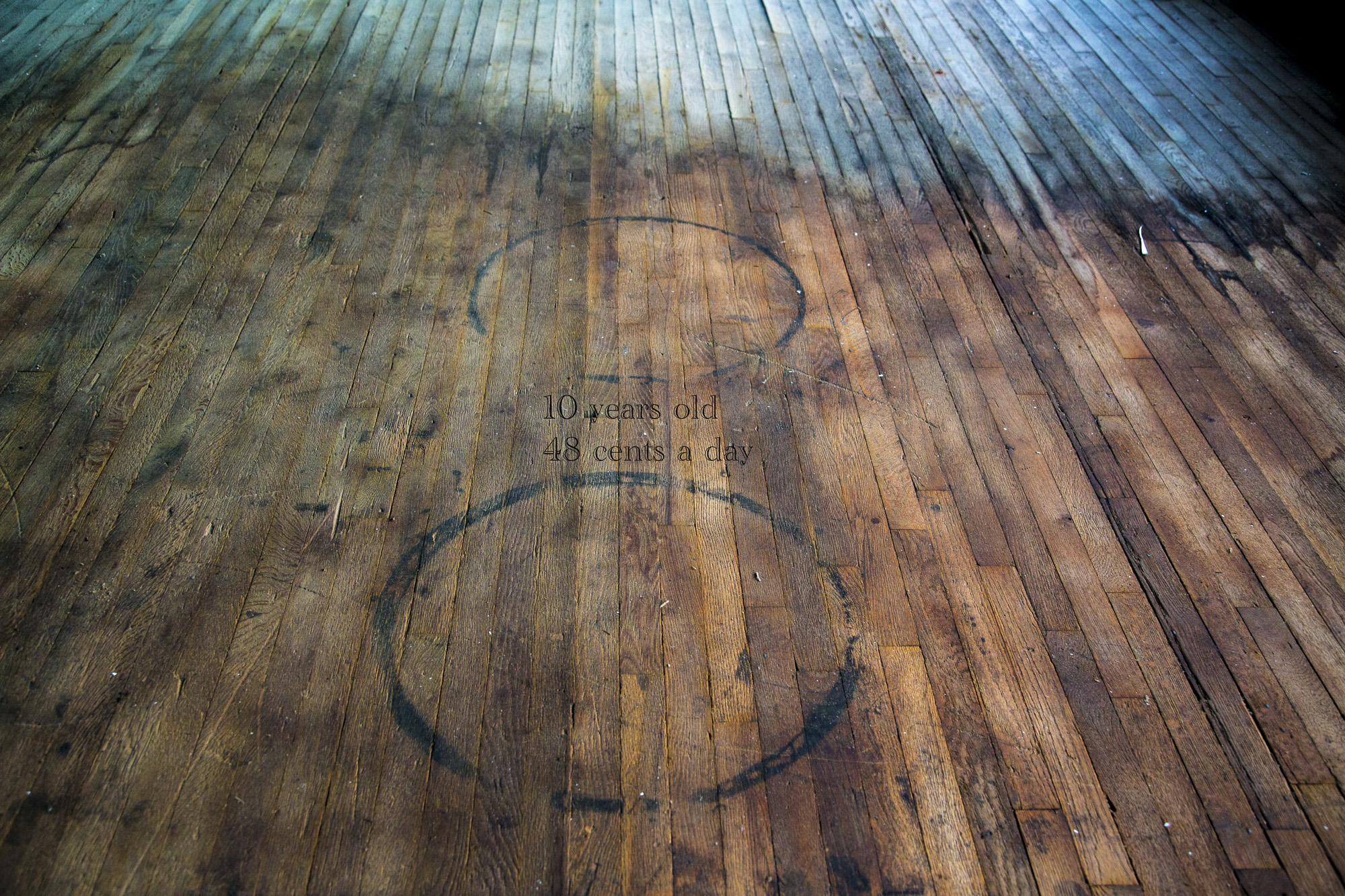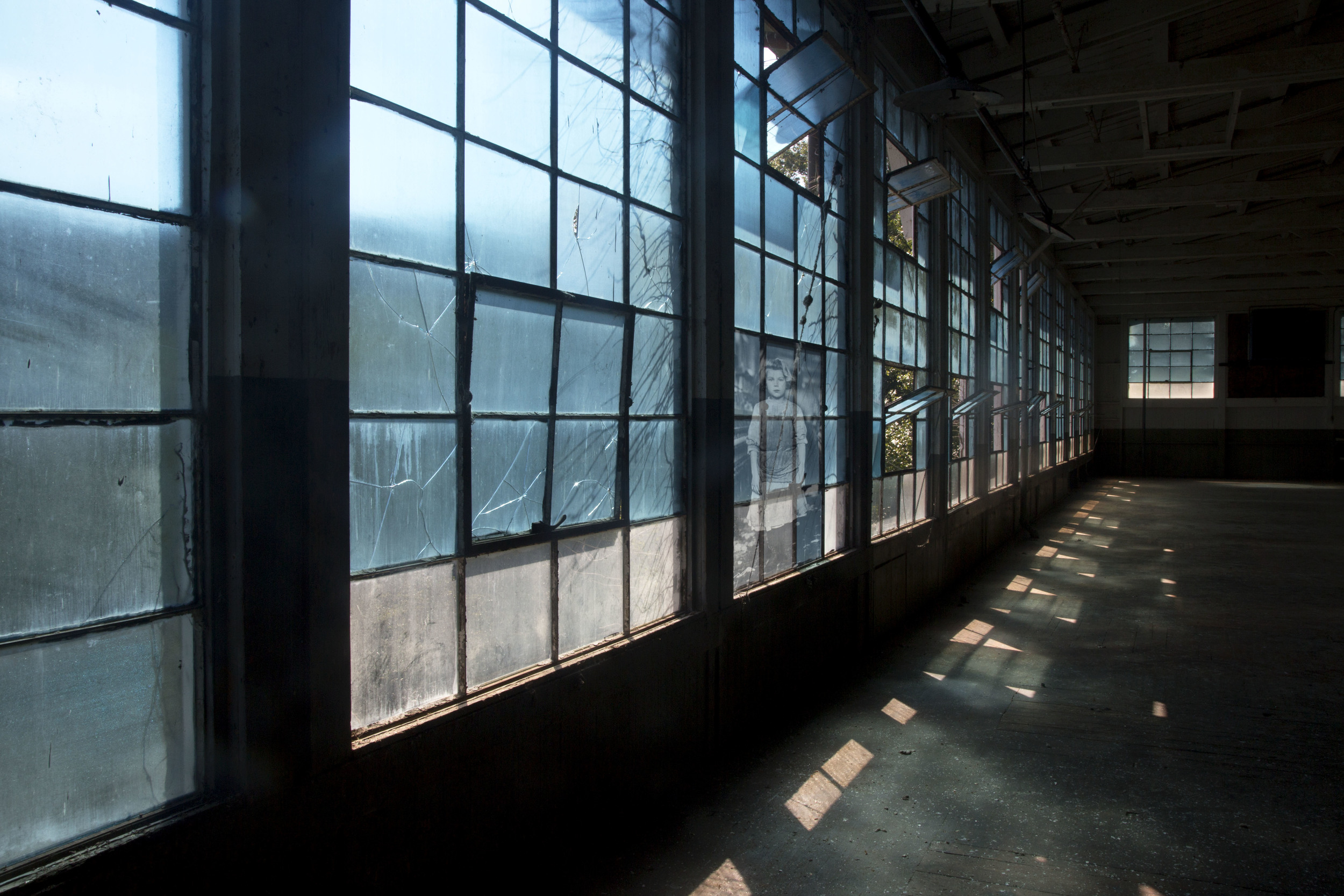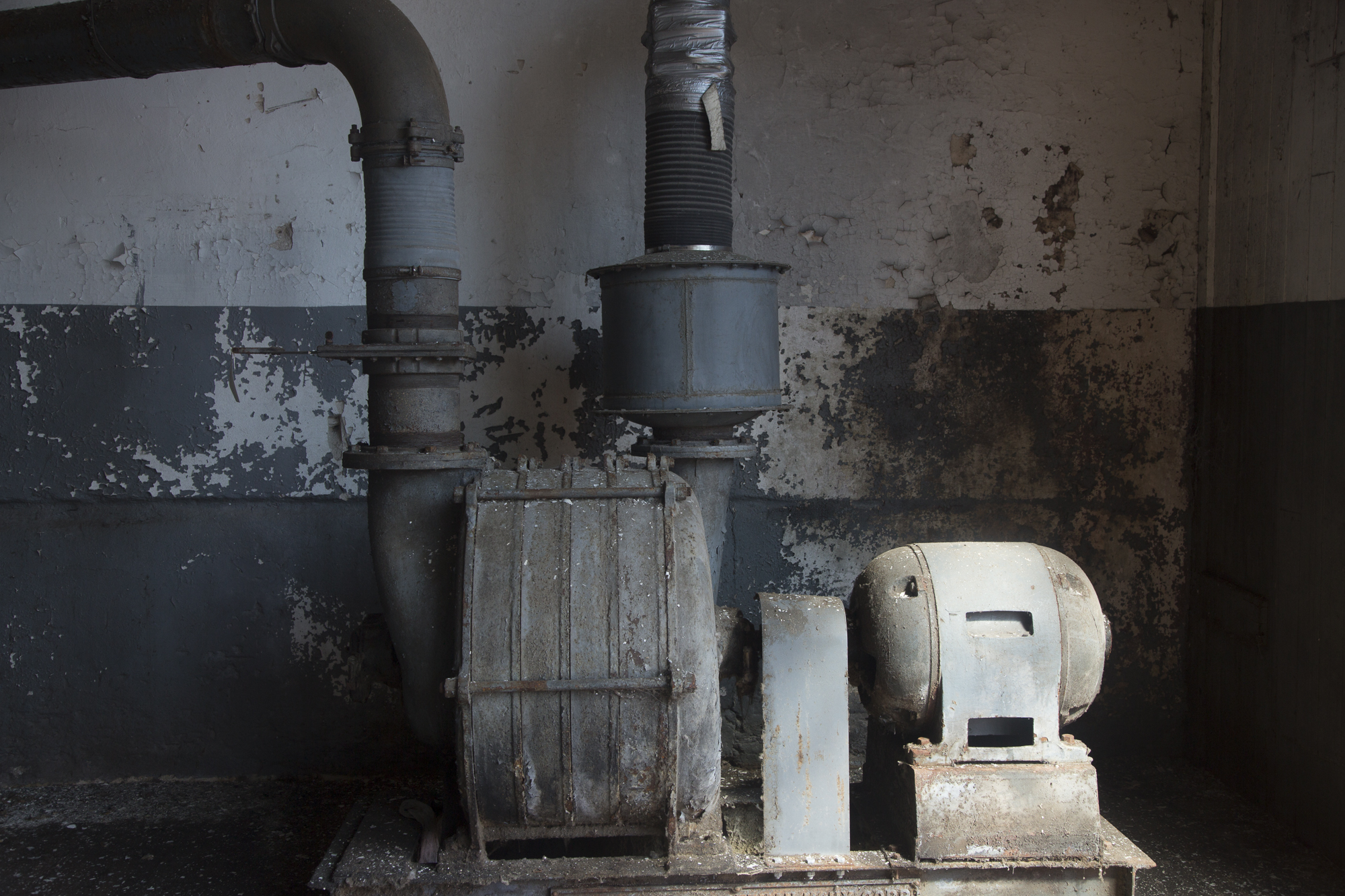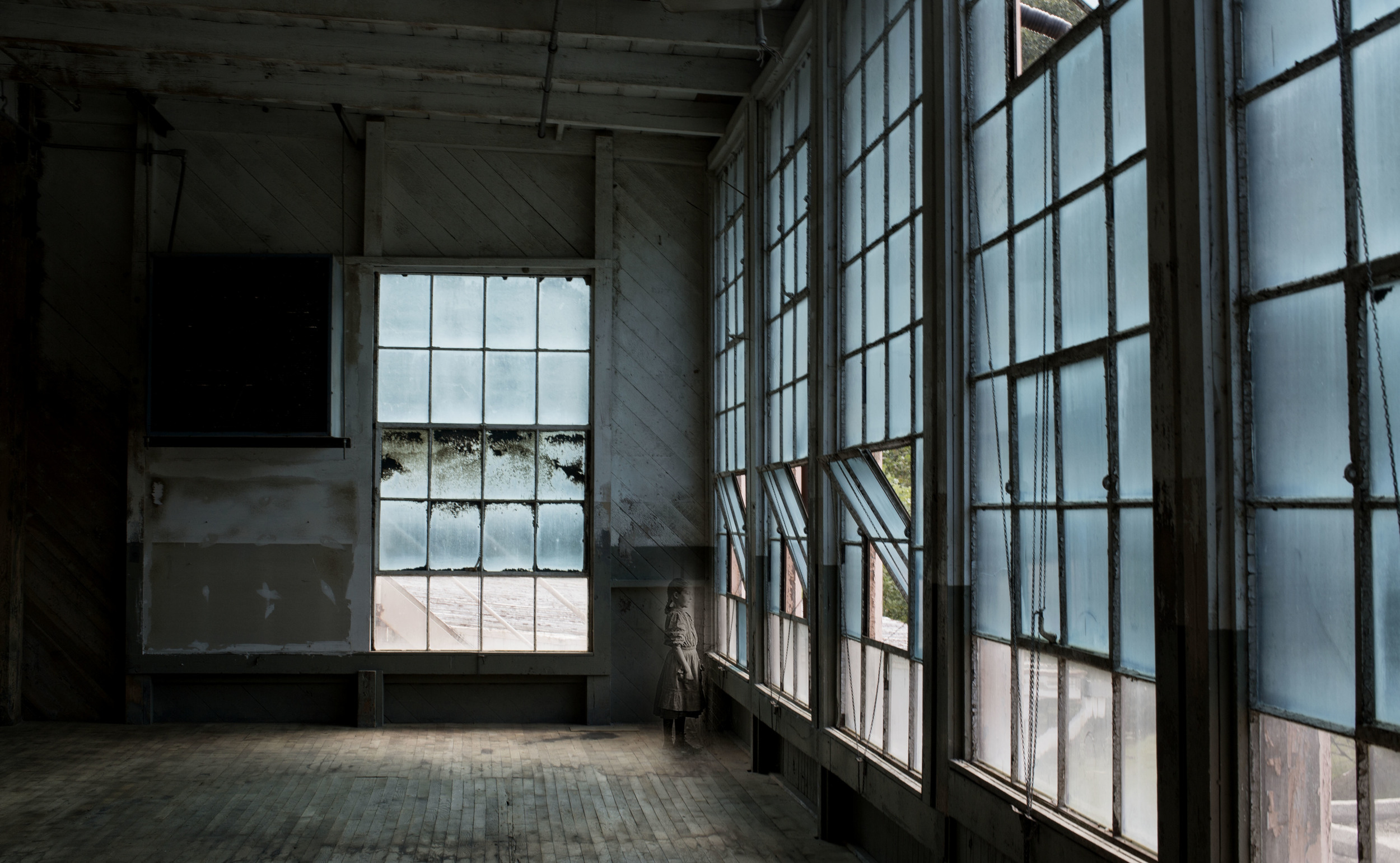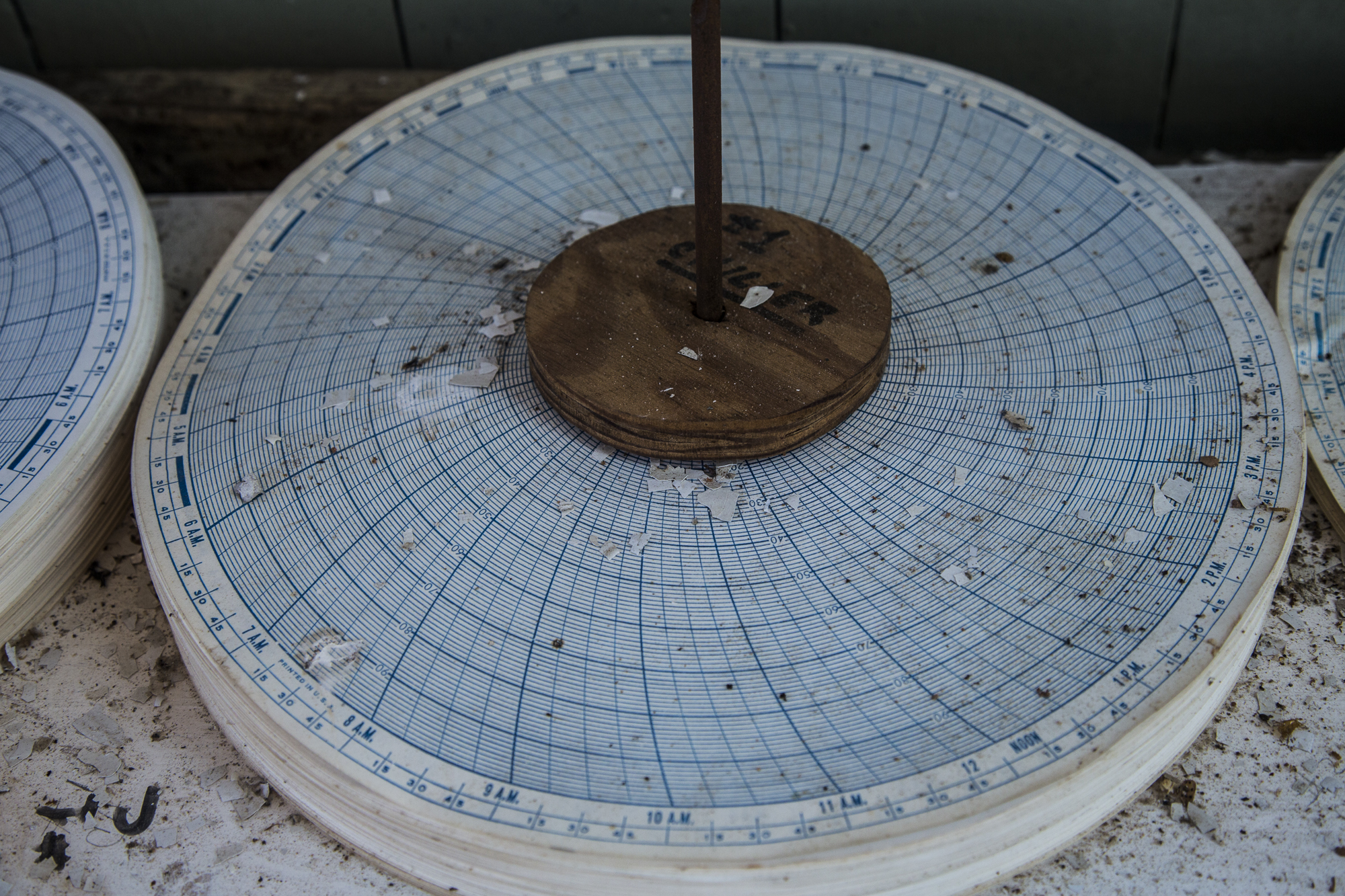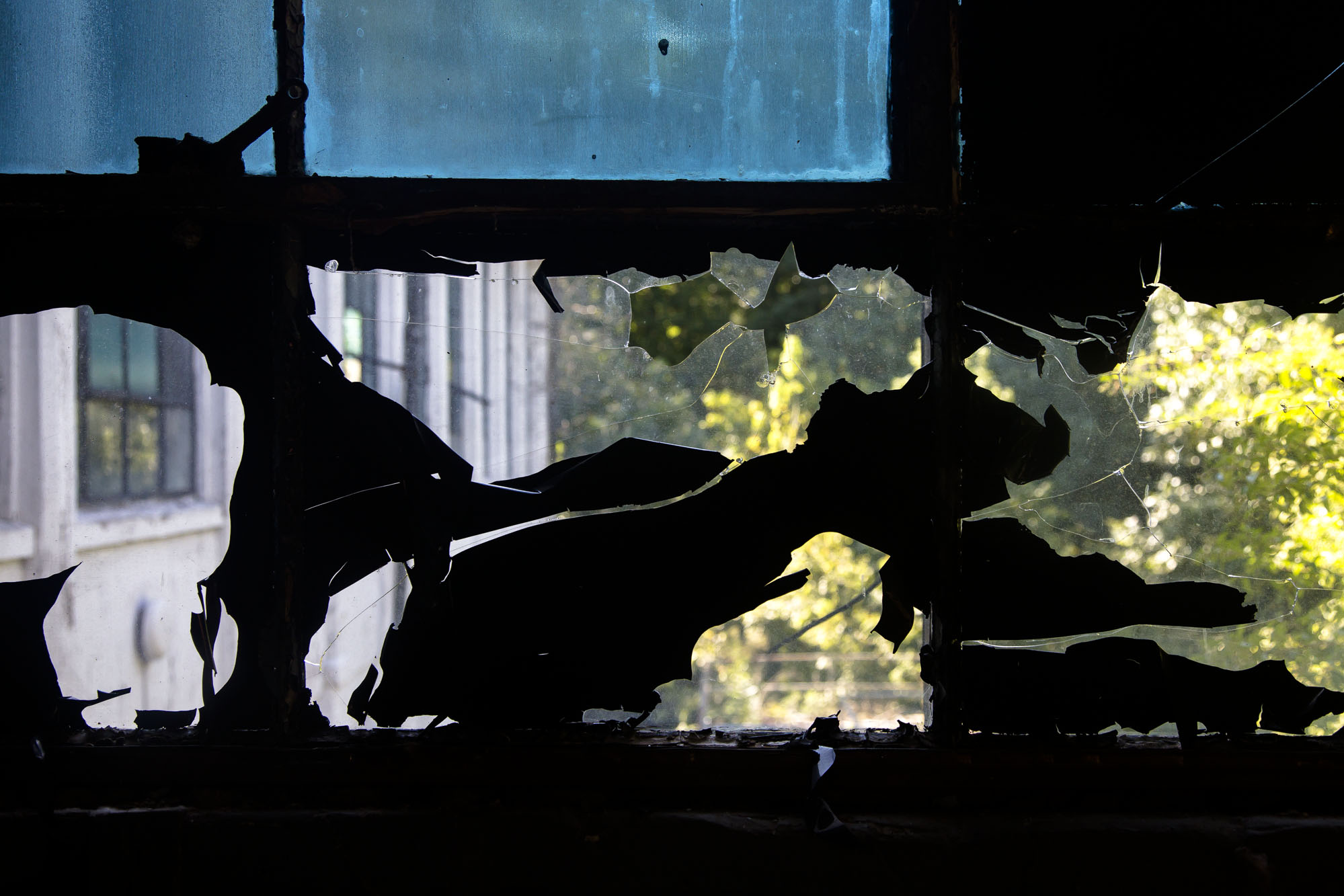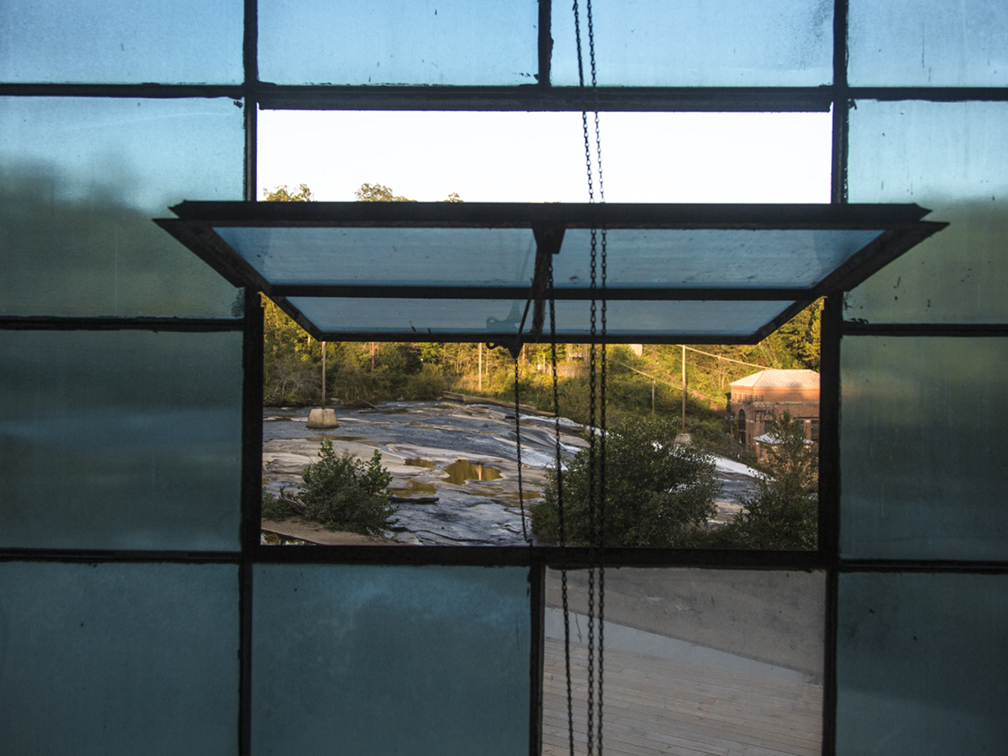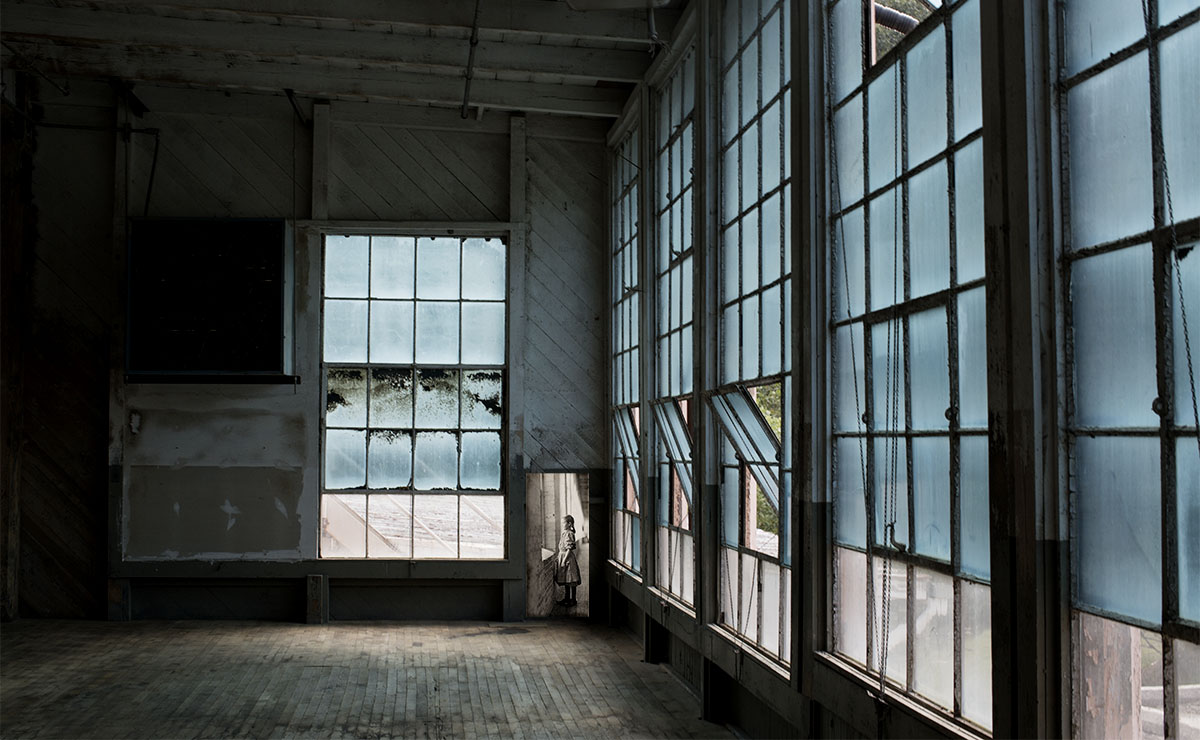Mary Somerville, Lewis Hine and me
2014-15
When Mary Somerville, my mother, was 14 years old the head mistress of St. Comgall’s school on the Falls Road, Belfast, called her to her office. "So, Mary" she said, "It's your birthday, how old are you today?” "14, Miss," my mother stammered shyly. “Well, run along then,” the head mistress muttered without looking up, gesturing to my mother to close the door behind her.
A curious student who loved reading, Mary Somerville lingered a while outside the school railings and looked up at the sky. It was almost noon, the air was damp and filled with laughter as girls her age and a bit older poured out of the local linen mills to the sound of the noon horn. My mother skipped along the street, then signed on for the afternoon shift. She saved a penny from her weekly wages to purchase a peg doll, after she dutifully handed over her unopened pay packet to my grandmother Sarah Somerville. The day she became a worker, she also became a child since no money had been available for toys to date. Every Saturday and Sunday, she would sit on the stairs in that dark cramped little house on Albert Street and read stories from a library book to the doll.
It was decades later in a darkened lecture theatre that as a young college student, I encountered the seminal work of Lewis Hine. There, larger than life stood a young girl of no more than twelve gazing back at the world, graciously framed by a North Carolina spinning loom. As I returned her gaze, my heart began to race and tears welled up, for her and my mother. There is no picture of my mother’s last day of school or her first day of work, yet this photograph of a young mill worker would become a talisman for me, the specificity of which at that moment represented a universal connection to a lost childhood.
The idea of representation, of who photographs who and for what purpose, would come to dominate my photographic practice for the next three decades. Central to this practice was the idea of exploring female culture, the domestic and community while acknowledging the limits and the power of the document. My practice has evolved to explore larger questions of identity and history in relation to place. This series pays homage to Lewis Hine for his compassionate work on child labor. It is work made in admiration of my mother, Mary Somerville Kelly, who started her first job in a Belfast linen mill on her 14th birthday, and for all children today around the world who face inequity, and injustice; denied the right to a childhood and an education.
